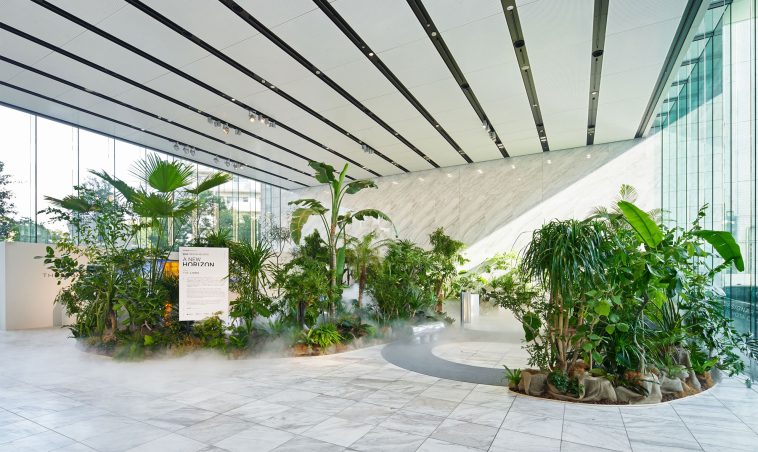Design enthusiasts and art lovers around the world are marking their calendars as Designart Tokyo 2024, one of Asia’s most dynamic design festivals, is set to take place from October 18 to October 27. This annual event transforms Tokyo’s iconic neighborhoods into an immersive showcase of contemporary design, art, and technology, offering a city-wide experience that celebrates creativity and innovation in various forms.
A Fusion of Design, Art, and Technology Across Tokyo
Since its inception, Designart Tokyo has gained a reputation for highlighting the latest trends in design while embracing Japan’s rich cultural heritage. The festival, which spans locations across Tokyo’s vibrant districts such as Omotesando, Shibuya, and Roppongi, brings together Japanese and international creators from diverse fields. Exhibitions, pop-ups, and installations by emerging and renowned designers alike will offer visitors the chance to explore innovative concepts that push the boundaries of art and design.
The theme for 2024, “Life & Design: Enriching the Everyday,” focuses on how design can enhance daily experiences and foster a more sustainable future. This year’s lineup will include projects that explore new materials, eco-friendly design solutions, and digital interactivity, offering unique perspectives on how design shapes our lives in meaningful ways.
Highlights and Key Exhibitions
Designart Tokyo 2024 will feature a range of highlights, from large-scale installations to intimate exhibits in galleries, retail spaces, and even outdoor venues. Previous editions have presented interactive works and experimental installations, and this year’s festival promises to continue that tradition with new projects aimed at sparking dialogue between art, technology, and human connection. Noteworthy collaborations between designers and major brands are also anticipated, adding a commercial but creative layer to the event.
Among the anticipated highlights are installations that make use of cutting-edge sustainable materials and digital technology, reflecting Tokyo’s position as a global leader in tech-driven design. In addition, the festival will feature workshops, artist talks, and panel discussions that dive into themes of cultural innovation, material experimentation, and the social impact of design.
Engaging Tokyo’s Communities and Visitors Alike
One of Designart Tokyo’s core missions is to make art and design accessible to the public. By placing installations in both popular and hidden locations throughout the city, the festival allows locals and visitors to discover artistic experiences woven into their everyday environments. The interactive nature of the exhibits encourages visitors to engage directly with the work, breaking down traditional barriers between creators and audiences.
Many of the installations are open to the public free of charge, making the festival widely accessible. This approach reflects the festival’s commitment to fostering a community-oriented atmosphere that celebrates creativity as a shared experience. The festival also includes initiatives aimed at young designers, offering a platform for emerging talent to gain exposure and connect with a global audience.
A Global Platform for Japanese and International Designers
As an international design hub, Tokyo attracts creative talent from around the world. Designart Tokyo 2024 will feature contributions from both Japanese and international artists, designers, and architects, positioning the event as a unique platform for cross-cultural exchange in the art and design world. The festival serves as an ideal venue for established designers to present new work while offering emerging creators a stage to reach a diverse, engaged audience.
Tokyo’s global reach and influence as a design capital make the festival an essential stop for creatives, industry professionals, and design aficionados. Past festivals have attracted thousands of visitors from around the world, and this year’s edition is expected to draw even more, contributing to Tokyo’s reputation as a city where traditional aesthetics meet cutting-edge innovation.


